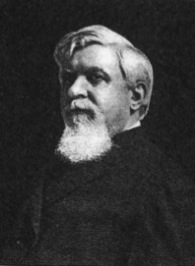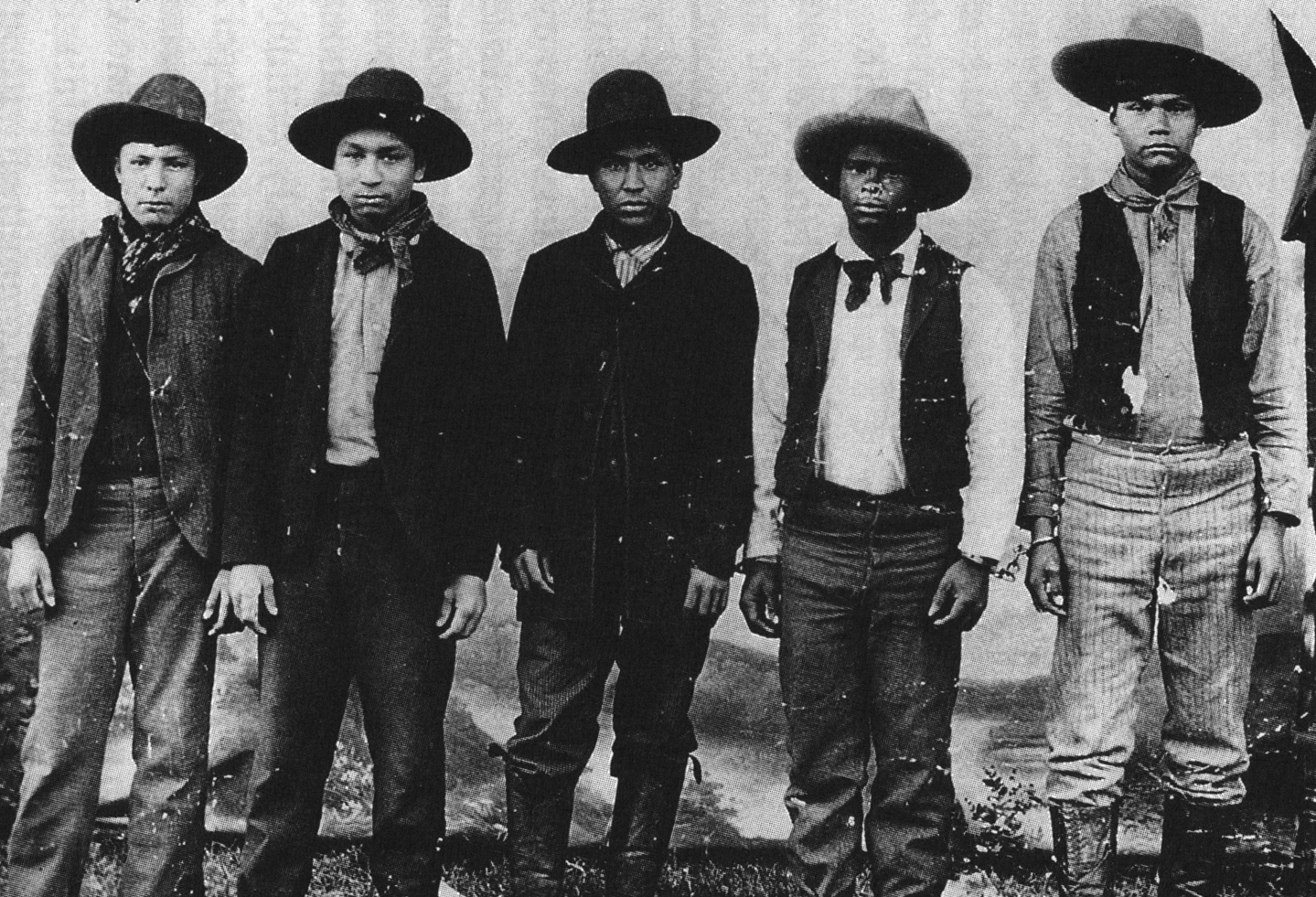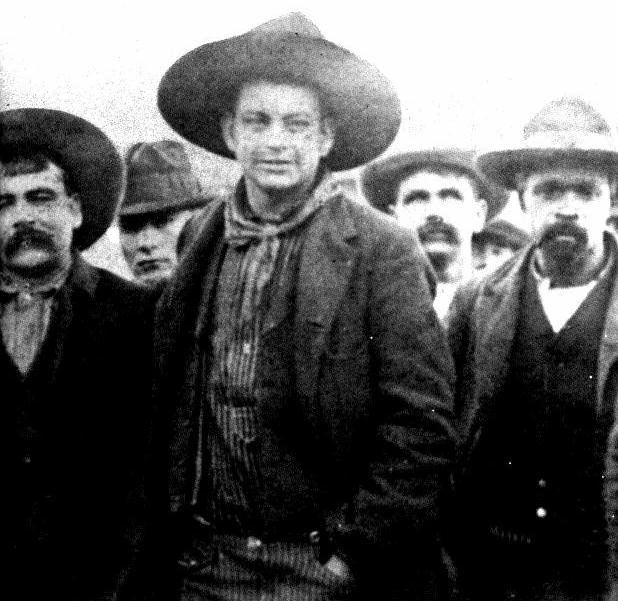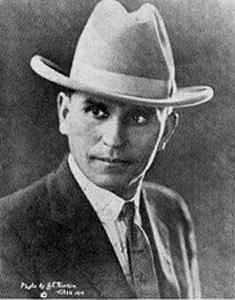Based on the shocking, too-long forgotten true story
of black cowboys and outlaws in the American west
— …the novel paints a complex portrait of a collapsing world where youthful rage meets imperial domination, and where the line between martyrdom and madness blurs. - K.C. Finn, Readers' Favorite
— Historically valuable, well-written…" - Kirkus Reviews
— “…not only makes for wonderful reading, but also (surprisingly) serves as a historical case study of the systemic, socio-economic forces that made - explosive racial tensions and lawlessness almost inevitable.” - blackrefer.com
— “…Wonderful... Gaiter brings life back into the old west.” - Kristi Bernard, BookPleasures.com
— “Only once in a great while does a writer come along who defies comparison and compromise--a writer so original he redefines... historical lore. Leonce Gaiter is such a writer...” Alvin Romer, AALBC.com
— Harvard Magazine on "I Dreamt I Was in Heaven."
— Historically valuable, well-written…" - Kirkus Reviews
— “…not only makes for wonderful reading, but also (surprisingly) serves as a historical case study of the systemic, socio-economic forces that made - explosive racial tensions and lawlessness almost inevitable.” - blackrefer.com
— “…Wonderful... Gaiter brings life back into the old west.” - Kristi Bernard, BookPleasures.com
— “Only once in a great while does a writer come along who defies comparison and compromise--a writer so original he redefines... historical lore. Leonce Gaiter is such a writer...” Alvin Romer, AALBC.com
— Harvard Magazine on "I Dreamt I Was in Heaven."

In lawless Indian Territory—today’s Oklahoma—the end of an era approached. The Indian Territory now housed more white men than Indians. The U.S. government continued to open more land for settlement. Judge Isaac C. Parker’s judicial tyranny over the entire 74,000 square mile Indian Territory was curtailed by a newly intrusive United States Supreme Court.
Against this background, the last and most notorious of the Indian Territory badmen embarked on their righteous, vicious, and deadly rampage to reclaim the promised Indian lands.
The Story
For more than 20 years, Judge Parker had possessed almost absolute authority over the vast Indian Territory. Now, the US planned to dissolve his court and distribute his authority between multiple judiciaries. As Parker lost his kingdom, Indians would lose the last home they thought would be their own.

The notorious black and Indian outlaws of the Rufus Buck Gang, from left to right:
Maoma July, Sam Sampson, Rufus Buck, Luckey Davis, Lewis Davis
In 1895, Judge Parker sentenced young half-black, half-Indian Rufus Buck to 90 days in the Fort Smith jail for illegally selling liquor in Indian Territory. During Rufus’ incarceration, notorious half-black outlaw Cherokee Bill, whom Parker had sentenced to die, sat in the same jail. So did the notorious one-quarter Cherokee bandit Henry Starr.

Black outlaw Cherokee Bill

Henry Starr
After his stint in jail, a different Rufus Buck emerged. He grew enraged by what he considered the theft of Indian lands. He decided it was his duty to rid the land of those who would steal Indian land. He embarked on a deadly reign of terror to wrest the land back. With his gang of four younger teens—one Negro freedman and three Creek Indians—Rufus Buck rampaged through the territories for thirteen days. The Rufus Buck Gang stole, murdered, raped and whipped the populace into a frenzy of animal terror unknown even in this violent place.
In I Dreamt I Was in Heaven: The Rampage of the Rufus Buck Gang, child-man Rufus Buck rampages for vengeance. He does it for a twisted sort of love of the extraordinary, feral 13-year-old Theodosia Swain. He does it for the same reason Judge Parker’s mortal illness drives him to hide the truth of his own sins and those of his white fellows from history—to impose their peculiar dreams of heaven on the world.
Within the larger-than-life world of I Dreamt I Was in Heaven, famous, historical individuals dance with fictional characters to create a turn-of-the-century tapestry of violence and innocence, butchery and grace—mirroring and chafing against the backdrop of a burgeoning United States, in all its crimes and glories, and a disappearing American West.